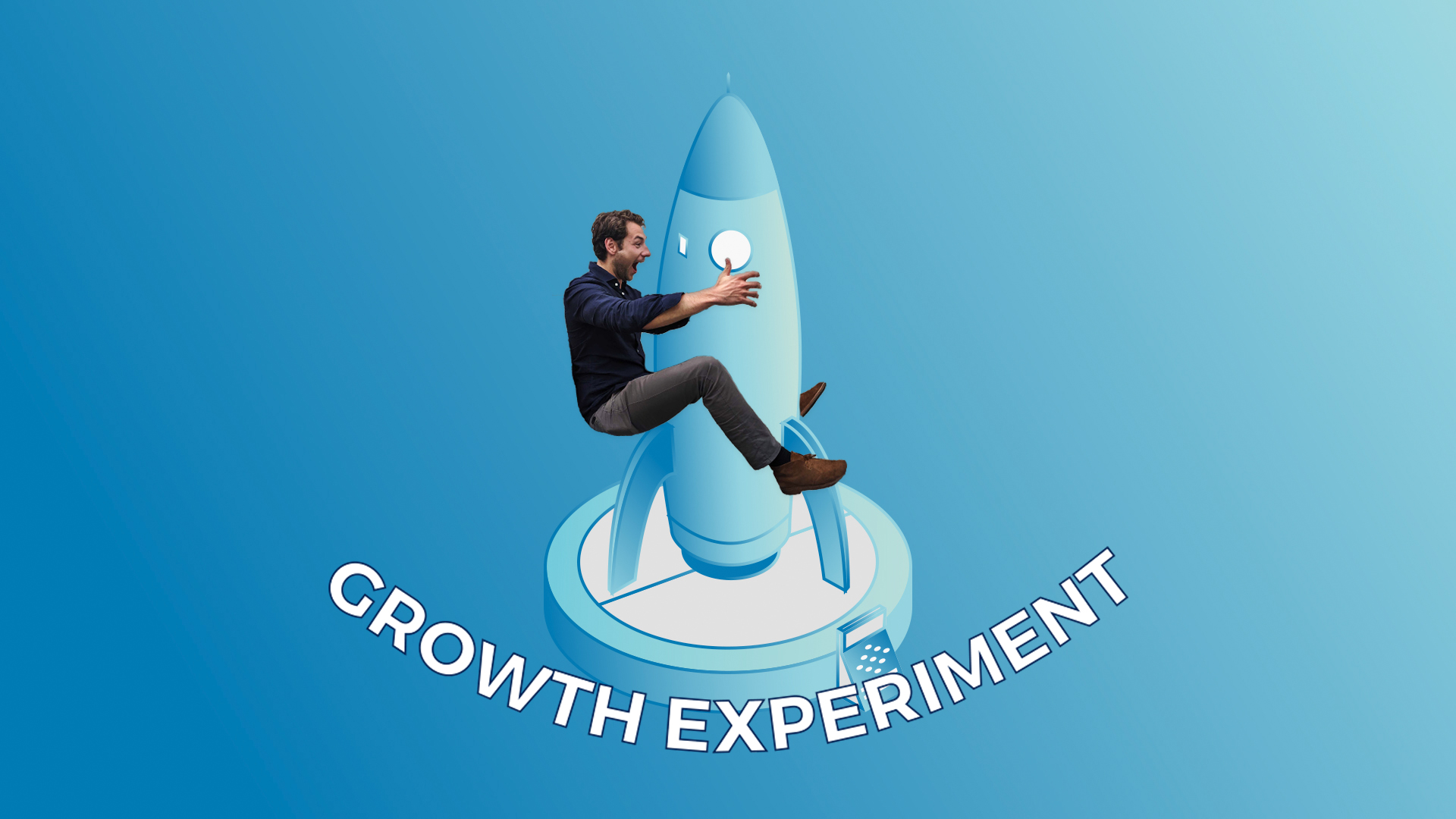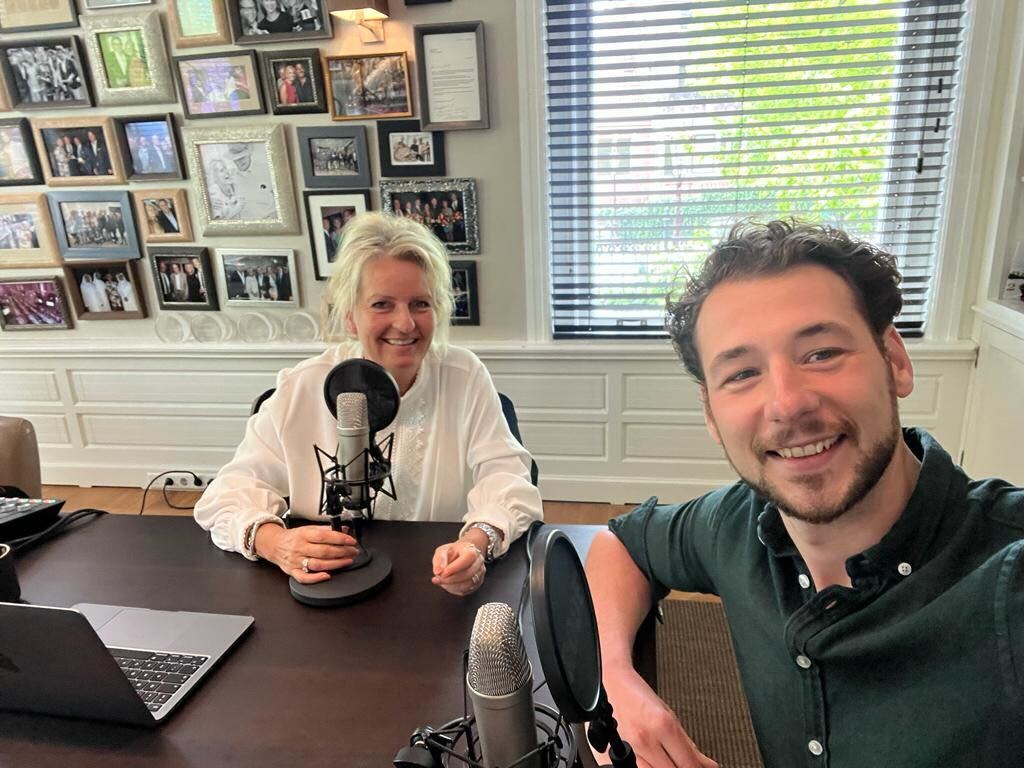But what is a marketing growth experiment? It is a series of tests that help marketers validate certain assumptions and eventually grow. It’s a short-term cycle used by marketers to collect data and find out what is the most effective way to grow a business. If you look at the traditional process of marketing, it’s safe to say it’s rather stiff. Marketing managers get together at the end of every year to create one-year marketing plans. What comes next is a series of big investments and execution plans to meet business objectives and KPIs. Growth experiments are an alternative approach which can give a whole new perspective to your business. You might realize you don’t even need a marketing investment to grow your business. [link to McKinsey’s report]
So what if we say you can change that whole process? In this article, we will thoroughly cover how growth experiments can be planned, executed, and repeated. At Refreshworks, we are hardcore believers in accepting failed experiments and building on successful ones, because all experiments lead to significant results somehow. It’s all about the mindset – but more on that in our How to Adopt A Data-Driven Culture post. We have started our company to help businesses learn more about their target audience and create tailor-made content that can be optimized over and over. And this is how we do it:
Now that you’re more familiar with the process itself, let’s go through the two main types of experiments. At Refreshworks, we can support you with Learning Experiments and Optimization Experiments. Do you ever wonder how your target audience or customers think of you? Ever speculated what kind of communication you should address them with? We believe those days are long gone. With a quick survey, you can collect data about your audience and tailor-make content for them. Follow through their user journey by tracking their clickthrough behavior. Optimize. Question more. Try new things. Repeat.
There’s no doubt that the growth mindset is scientific, but it’s also truly focused on having an open conversation and understanding the psychology and behavior of every individual. With these tests, you can learn so much about what works and what doesn’t. So, what do you say? Are you ready for take-off?






